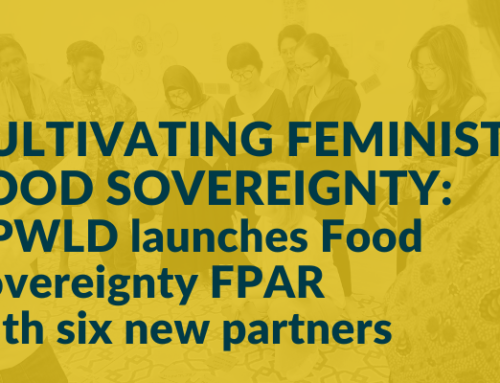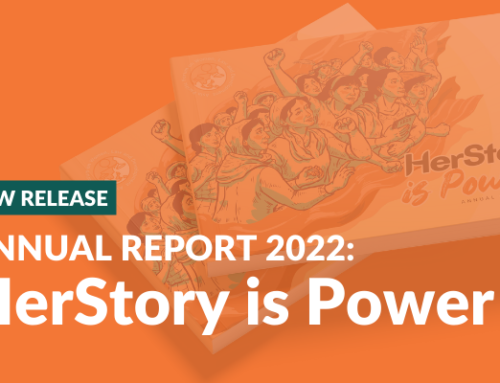Today’s dominant development model and global economic system overemphasise “economic growth”, prioritising the profits of governments and corporations in the North over social justice and integrity of environmental systems around the world.
This profit is made from international and gendered division of labour that discriminates against women and exploits natural resources. This is seen in land grabbing and commodification of resources, turning land, water, forests, energy sources, knowledge and art of rural and indigenous communities into revenue generators. This has only worsened the impact of climate change, especially on rural and indigenous women.
With fewer resources available, women have less access to and control over these resources. Political, economic and socio-cultural barriers devalue women’s contributions to their communities and economies.
Simply put, women are left out of the development equation. Women farmers make up 70% of the total agricultural force in Asia[1], but they receive only 5% of all extension resources. They own only 8-9% of land and receive only 1% of all agricultural credit worldwide[2]. On average, men’s landholdings are almost three times that of women’s.[3] Despite this, between 2002 and 2008 donors gave $18.4 billion on agricultural aid, but just 5.6% included a gender focus[4].
Development of education, technology and information systems has only furthered the “economic growth” model. Knowledge, skills, ideas and experiences of women in sustainable livelihoods and environmental conservation have been removed, and turned into industrial corporate property. Women have been marginalised from using, developing and owning education systems, technology and information to fulfill their rights and lives.
The adverse impact of “economic growth” has severely affected the most marginalised women. This includes women in urban poor communities, in landless agricultural labour and in small scale fisheries, as well as subsistence herders, indigenous communities, and the lower class and caste in Global South societies- driving them to more vulnerable conditions.
Unequal distribution of wealth and environmental system must be rectified in order for marginalised woman to enjoy their rights and develop their society in harmony with nature. Women must have equitable access to and control over resources, including natural resources, capital, education, technology and information.
Through Assert Women’s Right to Resources & Development!, issues and recommendations identified at all levels will be developed into policy recommendations. They will further inform initiatives on sustainable development goals and feminist architecture for expansion to ensure initiatives match the development priorities of marginalised women.





